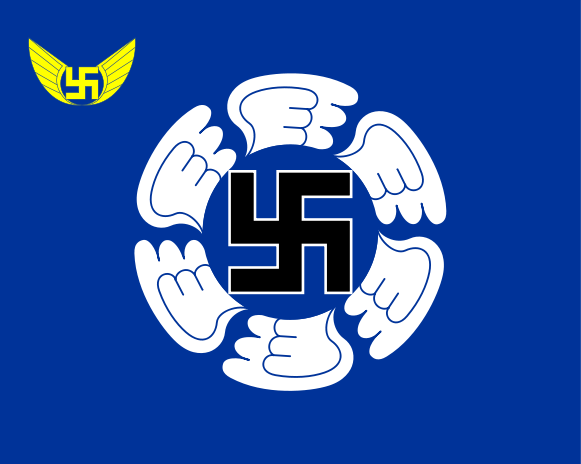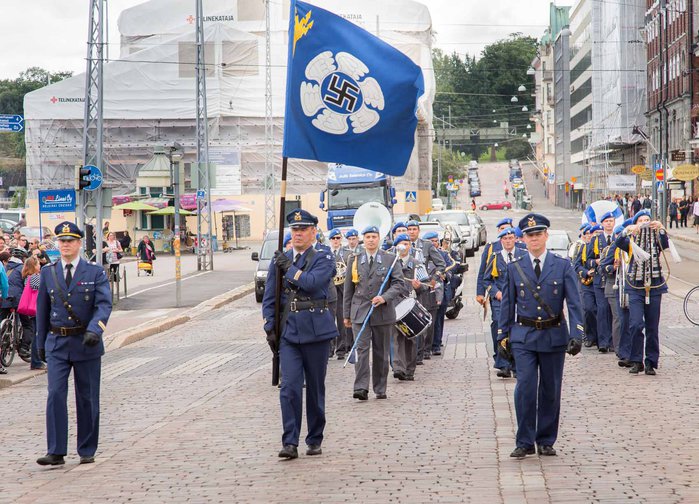Good Swastikas? The Hakaristi February 24, 2015
Author: Beach Combing | in : Contemporary , trackbackWhen is a swastika a good sign? The answer is, crudely, when it predates the Nazi party’s adoption of the crooked cross in 1920, for the swastika is one of the most ancient and one of the most widespread of human symbols.
In many countries it remained an essentially religious symbol, locked into a pre-modern memory of God or gods. However, in one European country, other than Germany, it was taken up as a military symbol, namely Finland. After the Finnish Whites had successfully broken Lenin’s attempt to keep Finland within Soviet Russia it emerged from nationalist circles, though without the sinister connotations that the dreadful red, white and black sign to the south would soon evoke. The hakarasti, the Finnish swastika appeared particularly in the Finnish airforce typically as a blue cross or on a blue background.
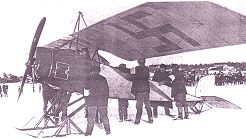
The Finnish airforce, which would do such outstanding service against the Soviets in the Winter War, adopted the swastika in 1918 when Eric von Rosen, a Swede, donated a plane to the newly created Finnish airforce and the plane arrived with von Rosen good luck sign, a blue swastika on it.
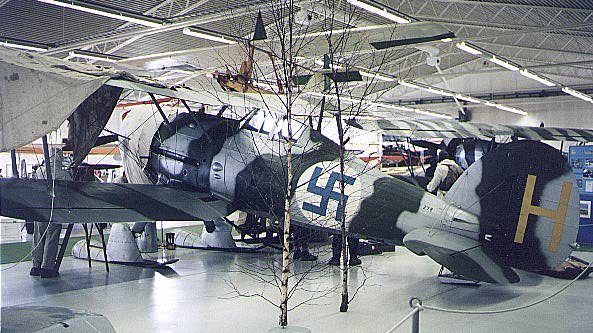
Von Rosen, as it happened, had unpleasant political affiliations, to say the least: Goring was a sometime friend. But the tradition of the hakarasti predated his Scandinazism and should be viewed as being quite autonomous from it. In fact, the swastika, a good luck sign in northern Europe, had become particularly common charm among pilots in the first two decades of flight. This is part of the background to its use on Finnish planes.
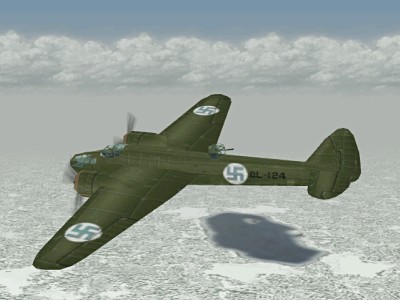
Finland, of course, threw in its lot with the Nazis in the Continuation War against the Soviet Union: the Finns had seen territory wrenched from them in 1939/1940 and understandably wanted payback, though in their fury they made poor choices in allies. By 1945, though, it was simply impossible to keep the insignia on armed vehicles or planes: the Finns were beginning a very long period of cohabitation with NATO and the Soviet Union, one in which their single aim was not to be noticed by bigger and more powerful neighbours. However, the Finnish airforce retained the swastika on a number of regional air commands.
The result can be a striking moment of terror as you seen a familiar yet unexpected symbol blowing in the wind outside a Finnish airfield or in a military parade. Finns, meanwhile, would point out that the atrocities of the Nazi regime cannot justify the loss of a national Finnish symbol: they may have a point. Here it is, instead, on the Finnish President’s flag though note that it is has been quite well hidden.
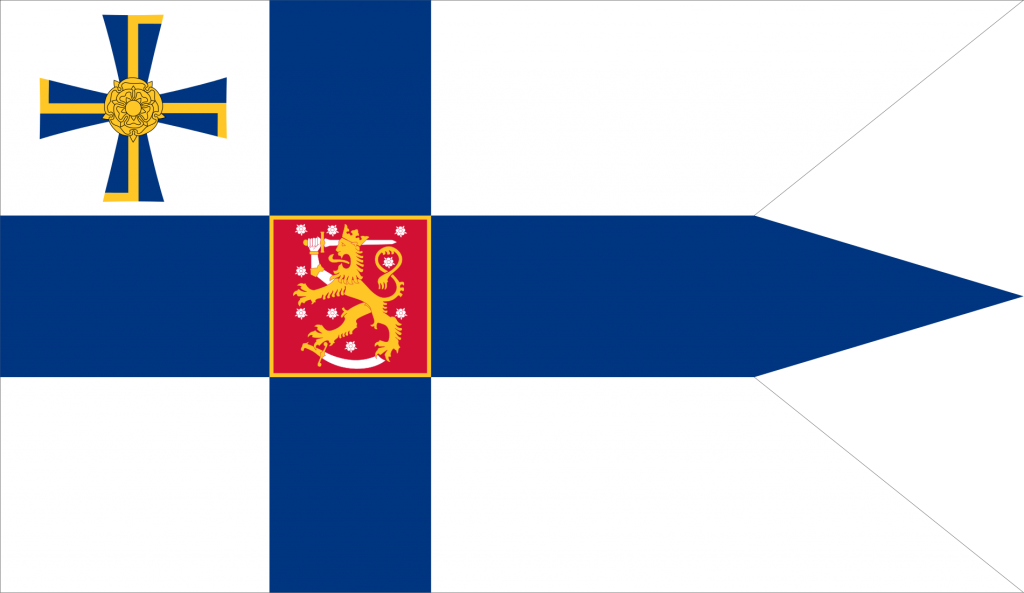
Other good swastikas? drbeachcombing AT yahoo DOT com

